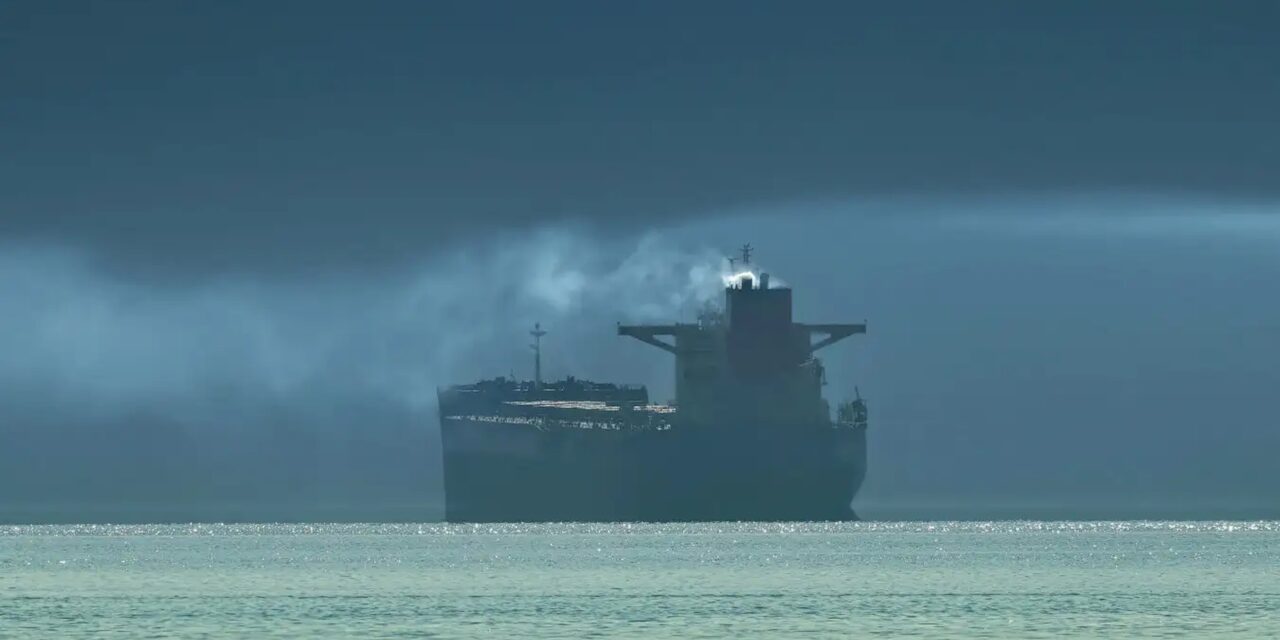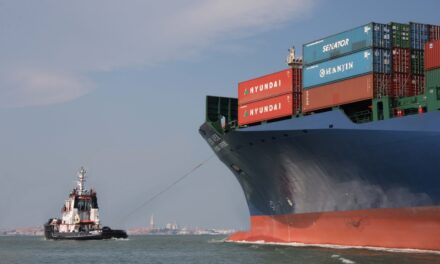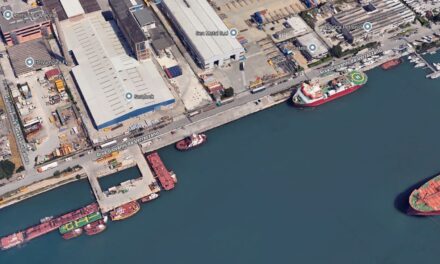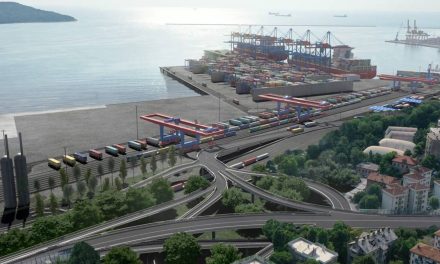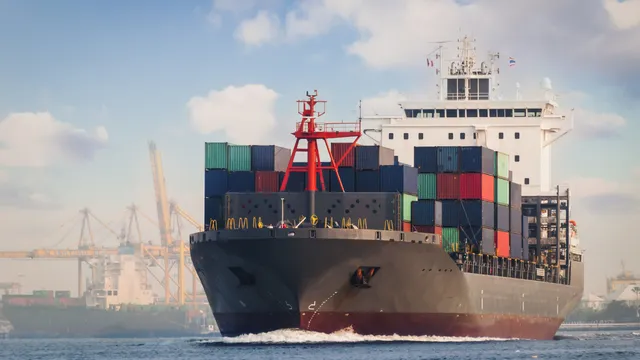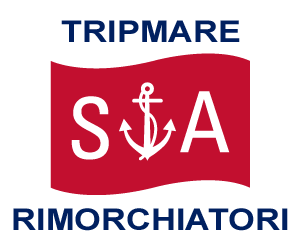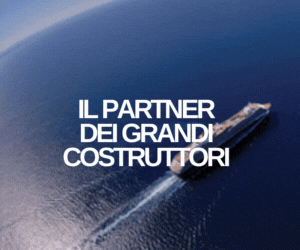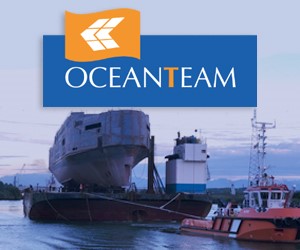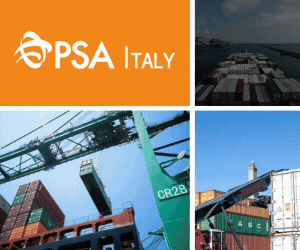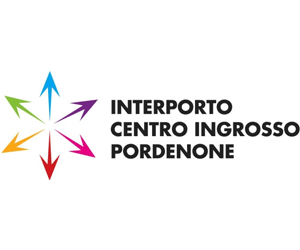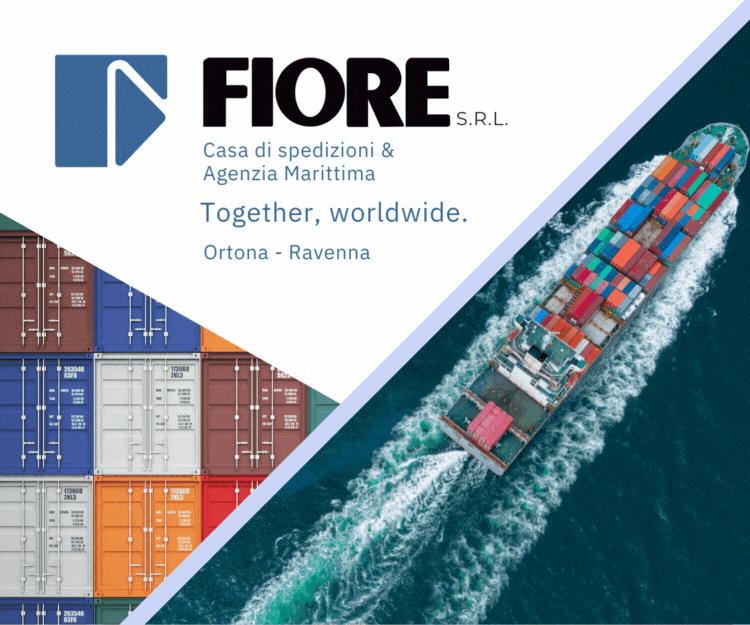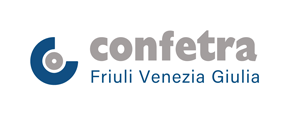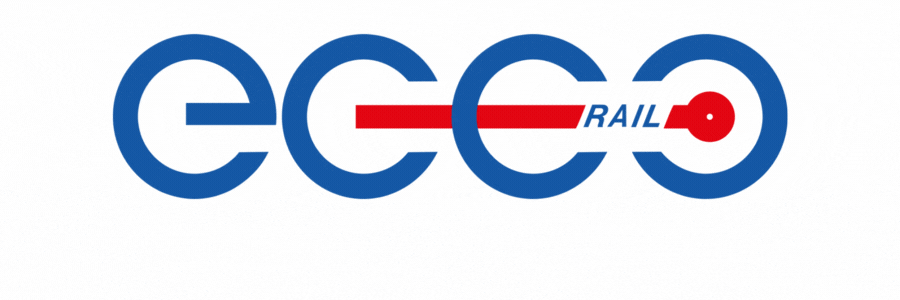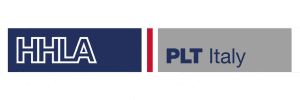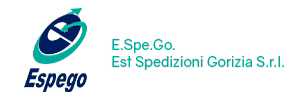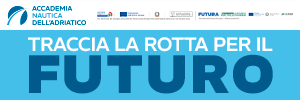TRIESTE – The Mediterranean Sea has officially become a SECA (Sulphur Emission Control Area) as of May 1.
As of last week, the sulphur content in fuels used by ships operating in the area is limited to 0.1%, leading to a significant reduction in air pollution and bringing major benefits for both human health and the marine environment.
The reduction of sulphur oxide (SOx) emissions in the maritime sector “improves public health by lowering rates of lung cancer, cardiovascular disease, strokes, and childhood asthma,” the IMO (International Maritime Organization) stated in a release. The environment is also expected to benefit greatly from the new rules, as reduced acidification helps protect agricultural crops, forests, and aquatic species.
Finally, the measure is expected to reduce haze from ships, improving visibility and lowering the risk of maritime accidents. The Mediterranean hosts some of the busiest shipping routes in the world, accounting for 20% of global maritime trade. It is estimated that over 17% of the world’s cruise traffic and 24% of the global fleet operate in the Mediterranean. The Med SOx ECA (referring specifically to the Mediterranean) is the fifth Emission Control Area designated under MARPOL Annex VI, alongside the Baltic Sea, the North Sea, the North American ECA (covering the coastal areas of the US and Canada), and the US Caribbean ECA (around Puerto Rico and the US Virgin Islands). In 2024, the IMO designated two additional ECAs: the Canadian Arctic and the Norwegian Sea. In the ports of Trieste and Venice, previous agreements with shipping companies had in fact anticipated the regulation concerning the use of marine fuels in the ports or when approaching them.



